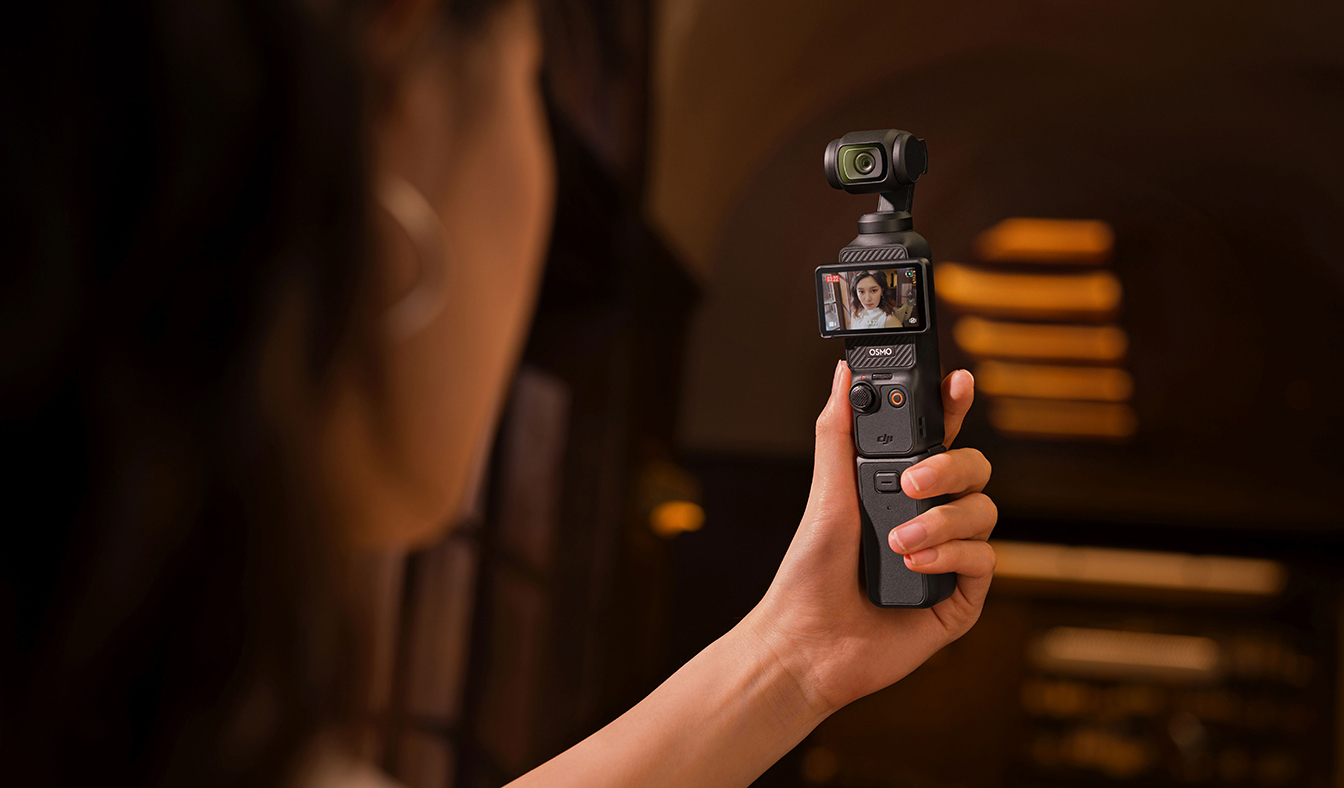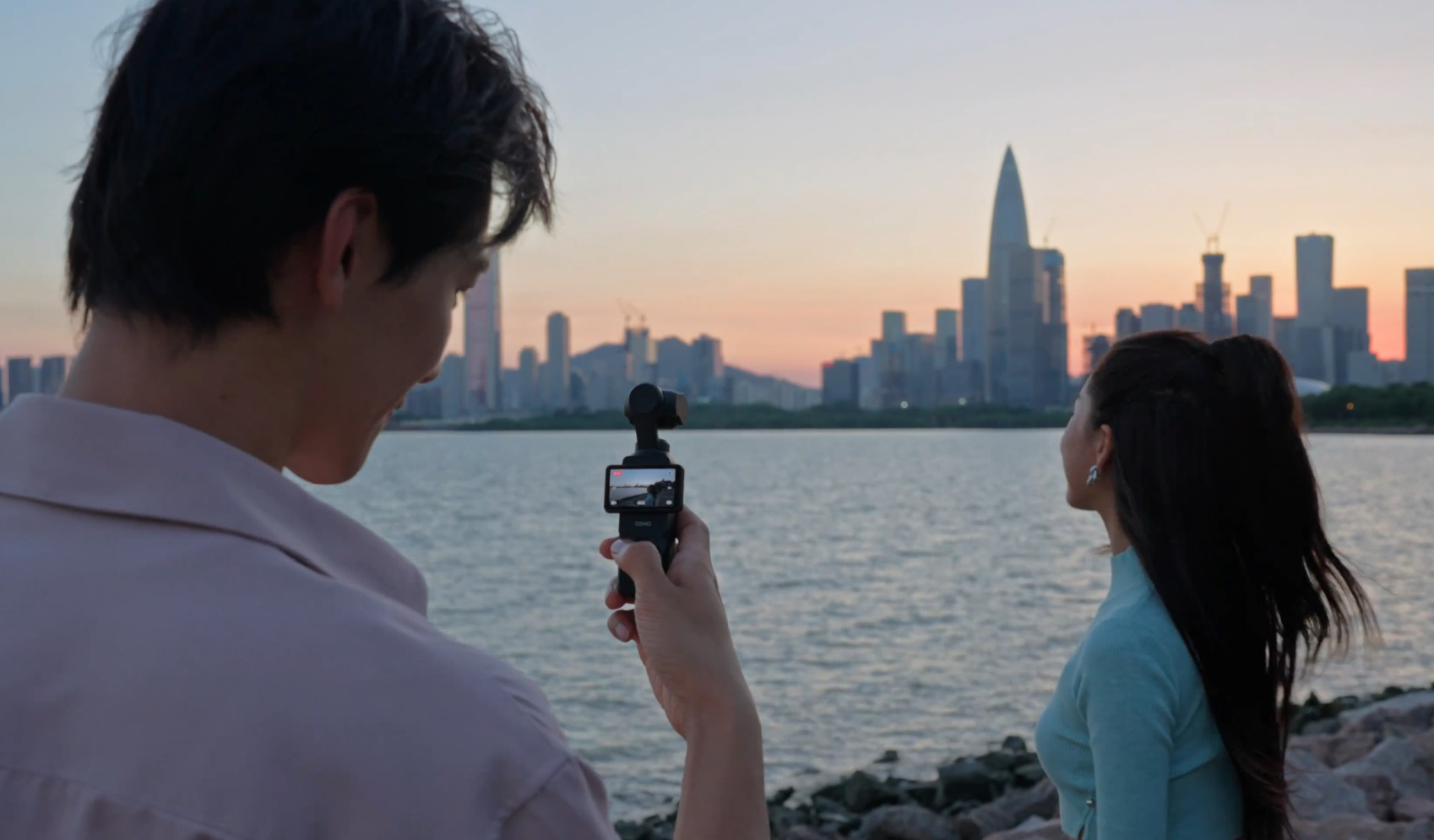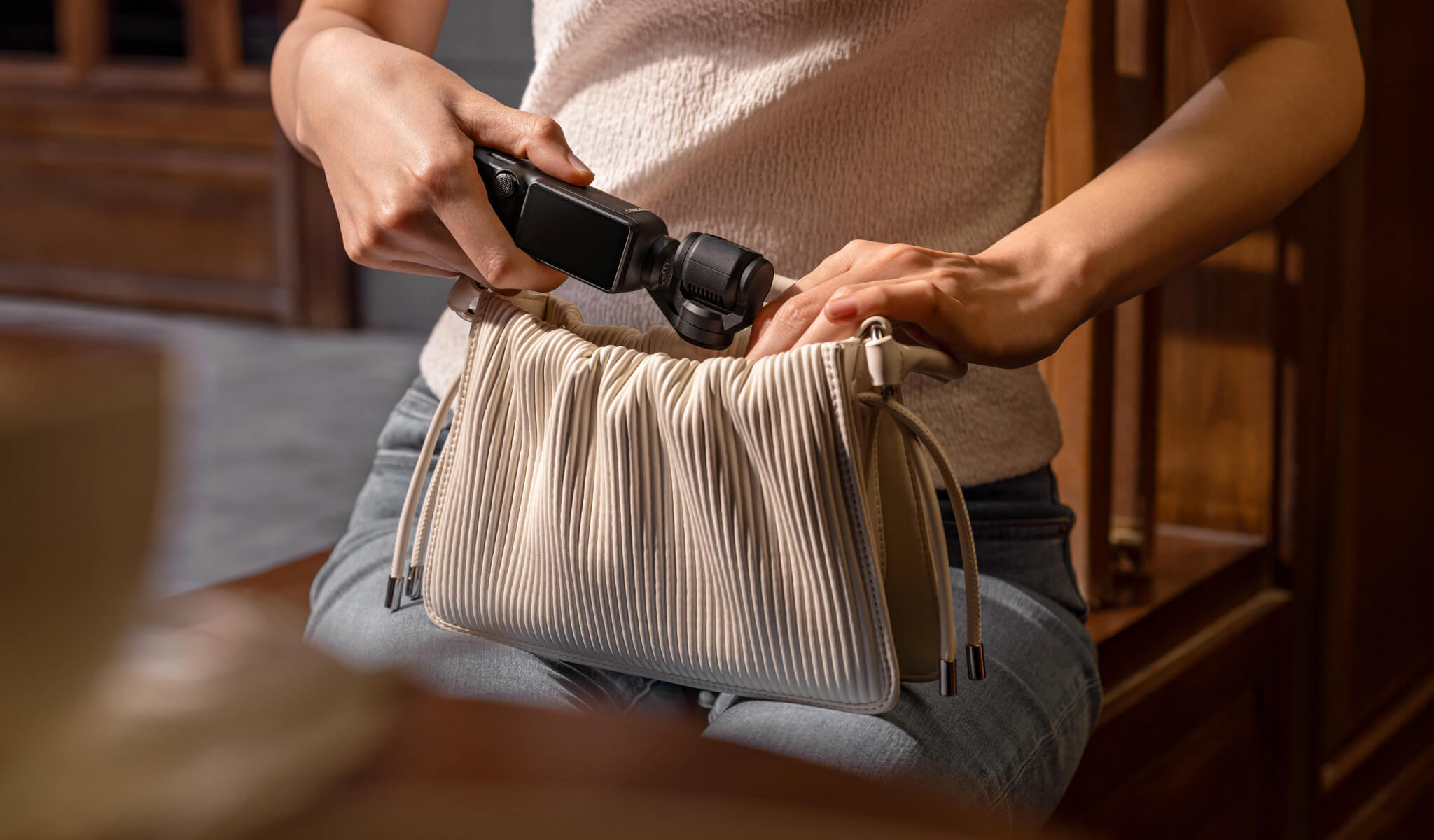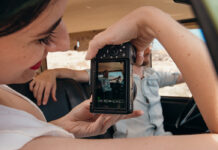
The DJI Osmo Pocket 3 is the latest handheld gimbal camera, and while it gets smaller, it also gets bigger in all the right ways. DJI brings back the “Osmo” branding to its Pocket lineup, which missed it in the previous model, and more importantly, it infuses the newest model with a major performance boost.
Those changes are partly cosmetic based on having a larger screen, but they’re also internal, where upgraded components change how you capture photos and video with it. There’s also real versatility with the Osmo Pocket 3, not just for vloggers looking to document life as they see it, but also for filmmakers and broadcasters seeking ways to tell stories.
What you get with the DJI Osmo Pocket 3

The biggest change is probably the 1-inch CMOS sensor—that’s 3x larger than the 1/1.7-inch sensor in the Pocket 2. A bigger sensor opens the door to more features and capabilities, like the ability to shoot slow-motion video in 4K at 120fps or 1080p at 240fps, plus the improved image quality in all conditions, including low-light.
A more obvious change, at least from the outset, is the larger screen. It’s massive compared to the previous model, despite it only being 2-inches, but considering it’s an upgrade from the stamp-sized display from before, this could be a big improvement. It’s big enough to not only capture an accurate view of the colour and composition of your shot, its size makes room for touch-sensitive controls. You also have the option to use your phone as a screen instead, and with Wi-Fi built-in to the Osmo Pocket 3, it’s an easy setup.
Either way, DJI includes a new portrait mode to cater to social media and TikTok users who want to record content in an upright orientation. The screen will even rotate orientation to accommodate that, making it so much easier to shoot that way. DJI’s own ActiveTrack 6.0 includes automatic face detection and dynamic framing to help stay focused on a subject. Those who want more control in post-production can record video in DJI’s own 10-bit D-Log M profile or 10-bit HLG.
As for the battery, DJI claims the Osmo Pocket 3 can run for up to 166 minutes shooting at 1080p/24fps, which is better than the 140 minutes the Pocket 2 could manage. If you want to stick with 4K/60fps, then you could theoretically go up to two hours per charge. It also won’t take as long to recharge, cutting down to just 16 minutes from 0-80%. Add another 16 minutes and you can get the last 20% for a full charge.
Modularity and accessories

DJI is building the Osmo Pocket 3 as a camera that can work with select accessories. One is an external wireless microphone that also comes with a wind screen (or dead cat, as it’s also known). Another is a wide-angle lens, along with lens filters you can attach to either the standard built-in lens or the wide-angle attachment. There’s also a tripod you can get for it.
The Osmo Pocket 3 is open enough to work with third-party accessories as well. Its thread at the bottom means you can screw on any tripod or stick onto it, while the USB-C port accepts external microphones, including lavalier mics that use the port. You can even use the camera as a webcam with a computer.
Ready for anything
The DJI Osmo Pocket 3 is available for pre-order now at Best Buy, and you can check out the latest wearable and action cameras here.



